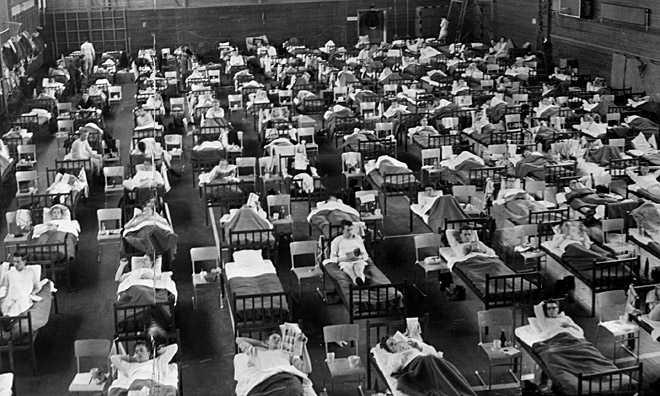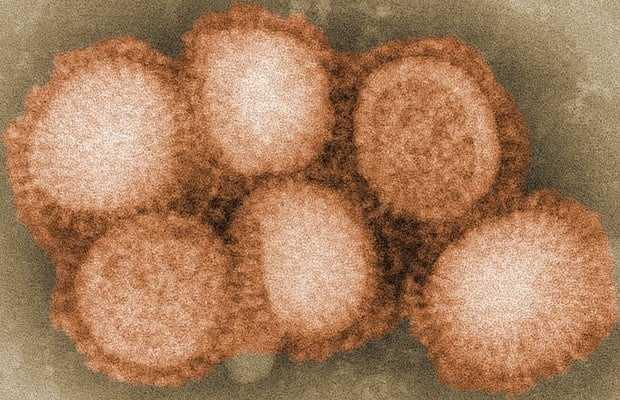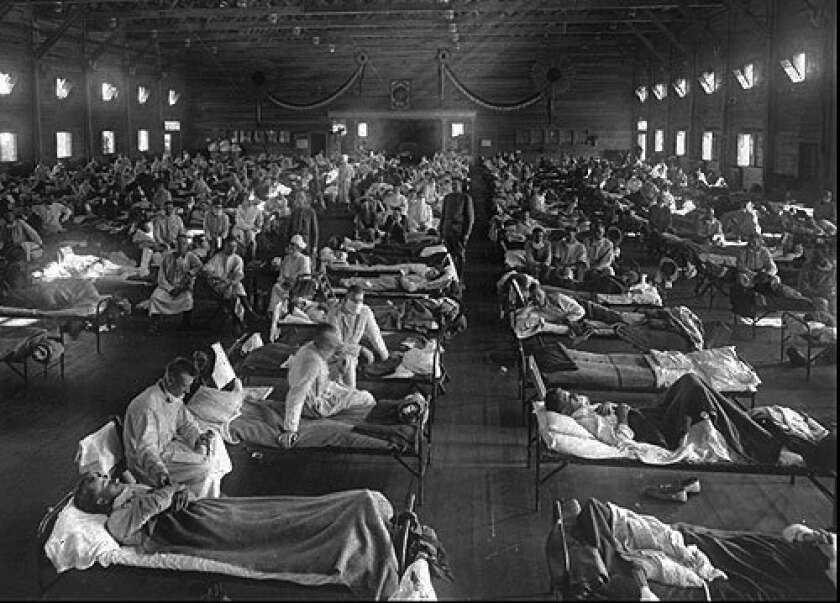1957: Asian flu
Starting in Hong Kong and spreading throughout China and then into the United States, the Asian flu became widespread in England where, over six months, 14,000 people died. A second wave followed in early 1958, causing an estimated total of about 1.1 million deaths globally, with 116,000 deaths in the United States alone. A vaccine was developed, effectively containing the pandemic.
378
1.4K reads
CURATED FROM
IDEAS CURATED BY
The idea is part of this collection:
Learn more about health with this collection
How to use storytelling to influence and persuade
How to create a compelling narrative
How to structure your story for maximum impact
Related collections
Similar ideas to 1957: Asian flu
The Asian Flu Pandemic (1957)
The Asian Flu Pandemic was an outbreak of avian influenza that started in China and spread worldwide.
The estimated death rate was one to two million people.
1918: Spanish Flu
The avian-borne flu that resulted in 50 million deaths worldwide, the Spanish flu is theorized to have originated in China and been spread by Chinese laborers being transported by rail across Canada on their way to Europe. In North America, the flu first appeared in Kansas in early 1918 and was v...
Read & Learn
20x Faster
without
deepstash
with
deepstash
with
deepstash
Personalized microlearning
—
100+ Learning Journeys
—
Access to 200,000+ ideas
—
Access to the mobile app
—
Unlimited idea saving
—
—
Unlimited history
—
—
Unlimited listening to ideas
—
—
Downloading & offline access
—
—
Supercharge your mind with one idea per day
Enter your email and spend 1 minute every day to learn something new.
I agree to receive email updates


